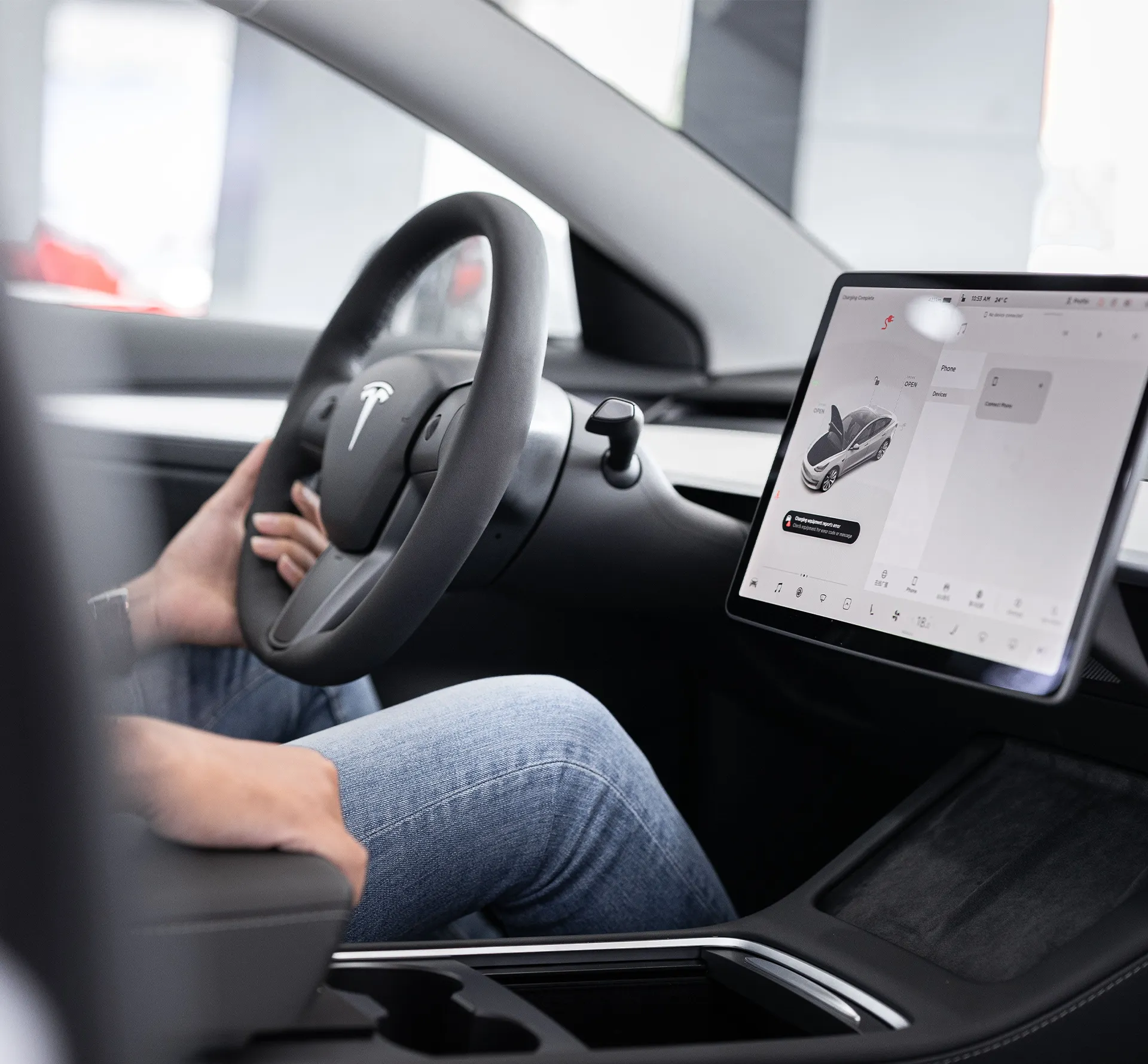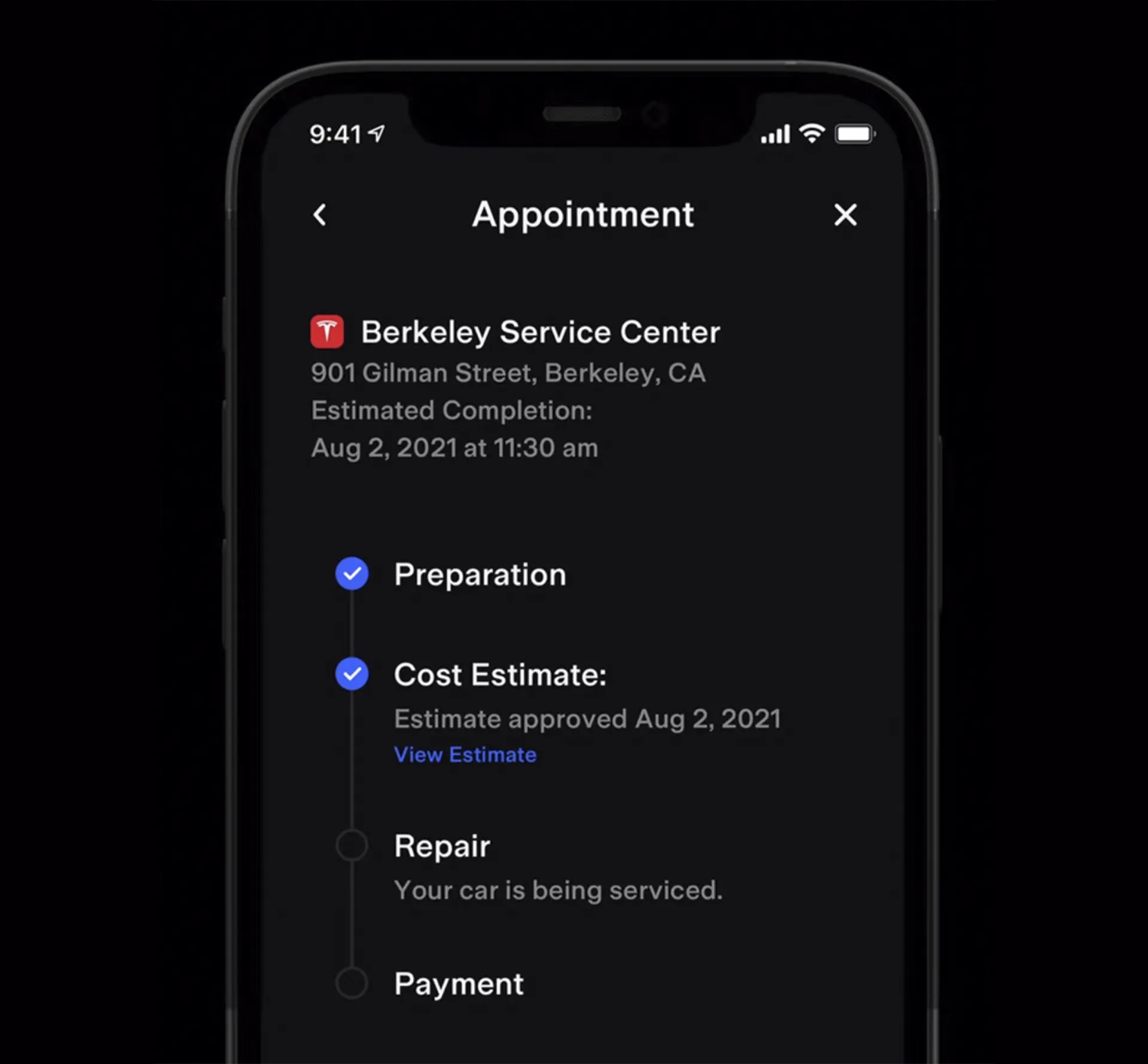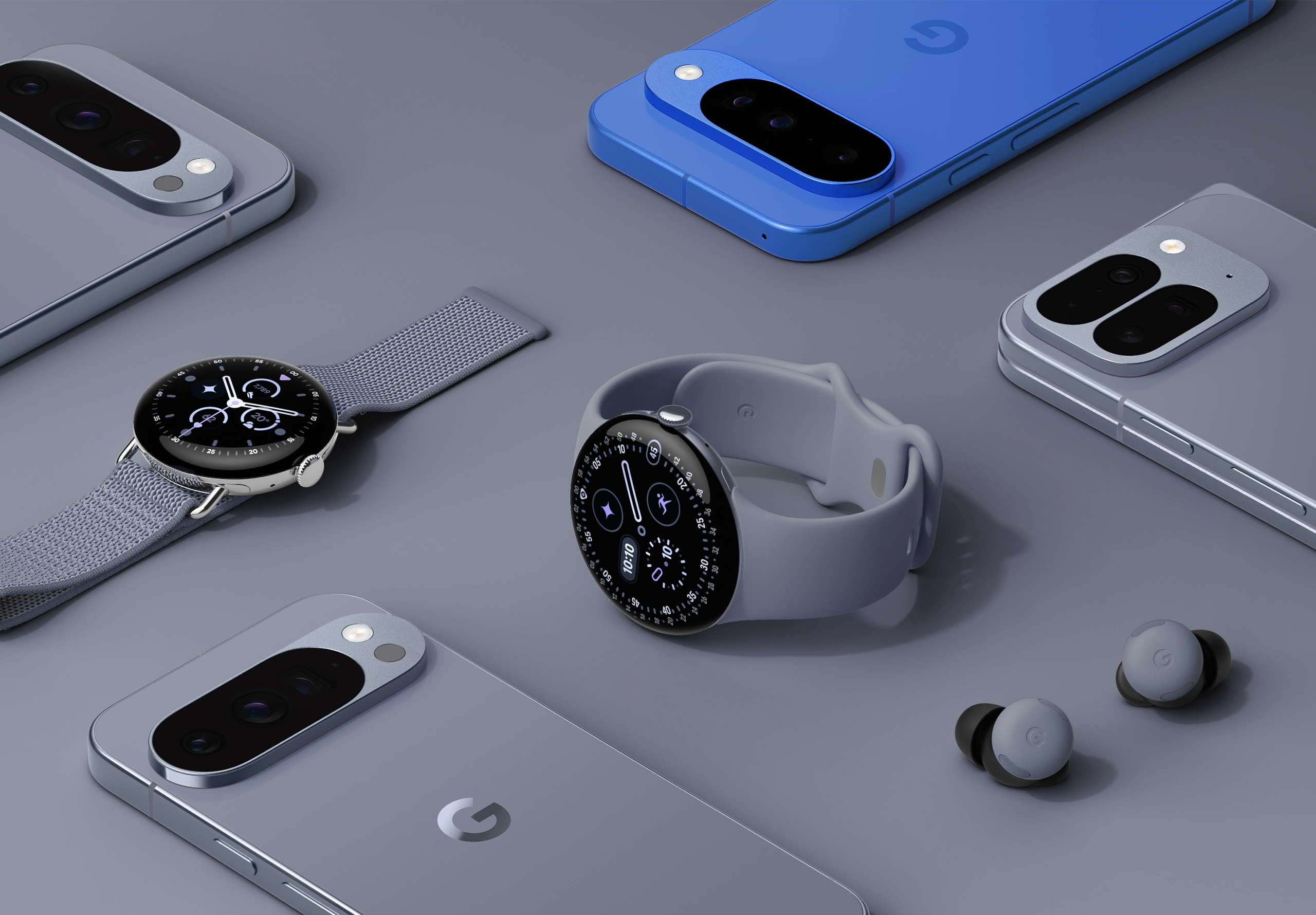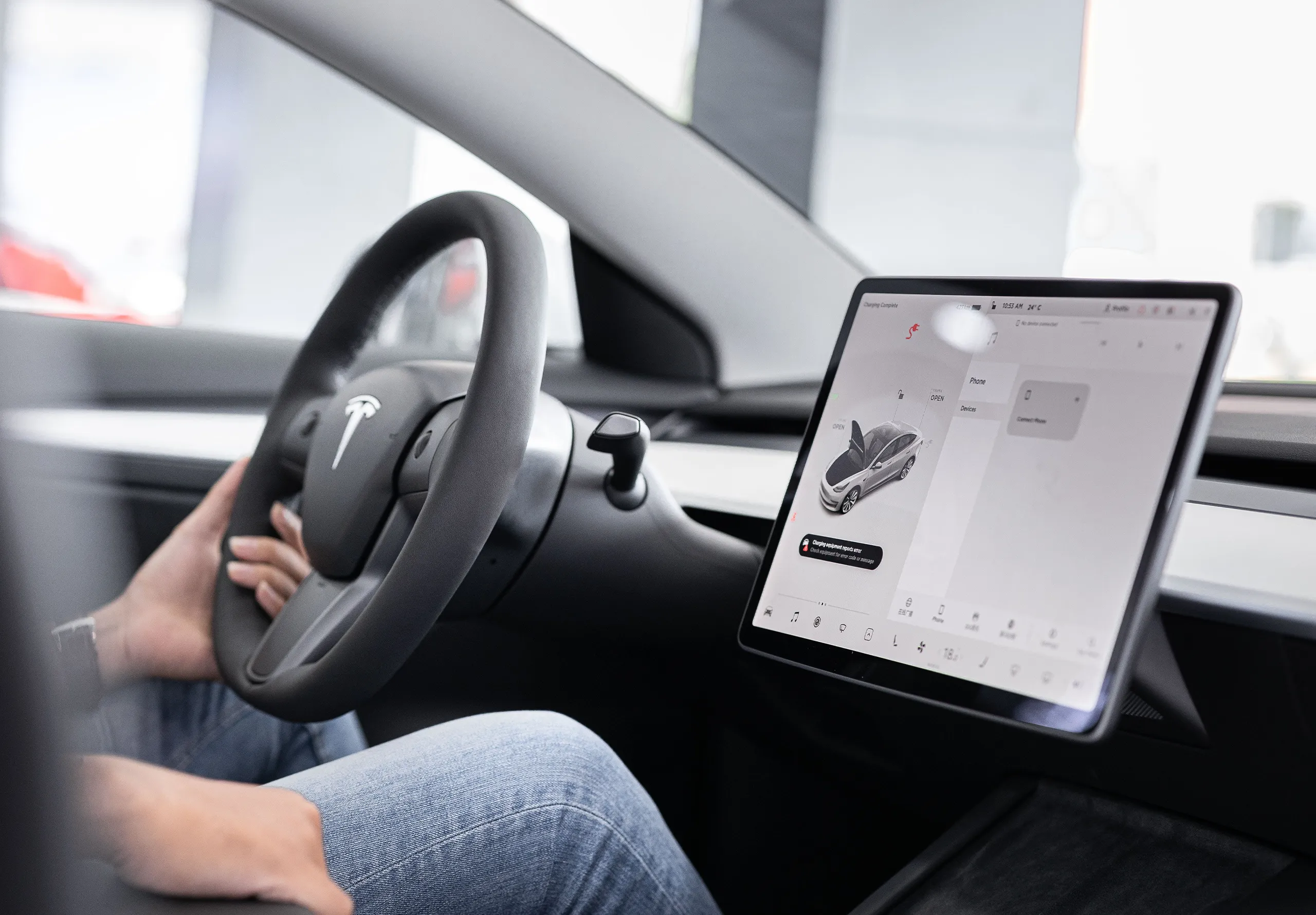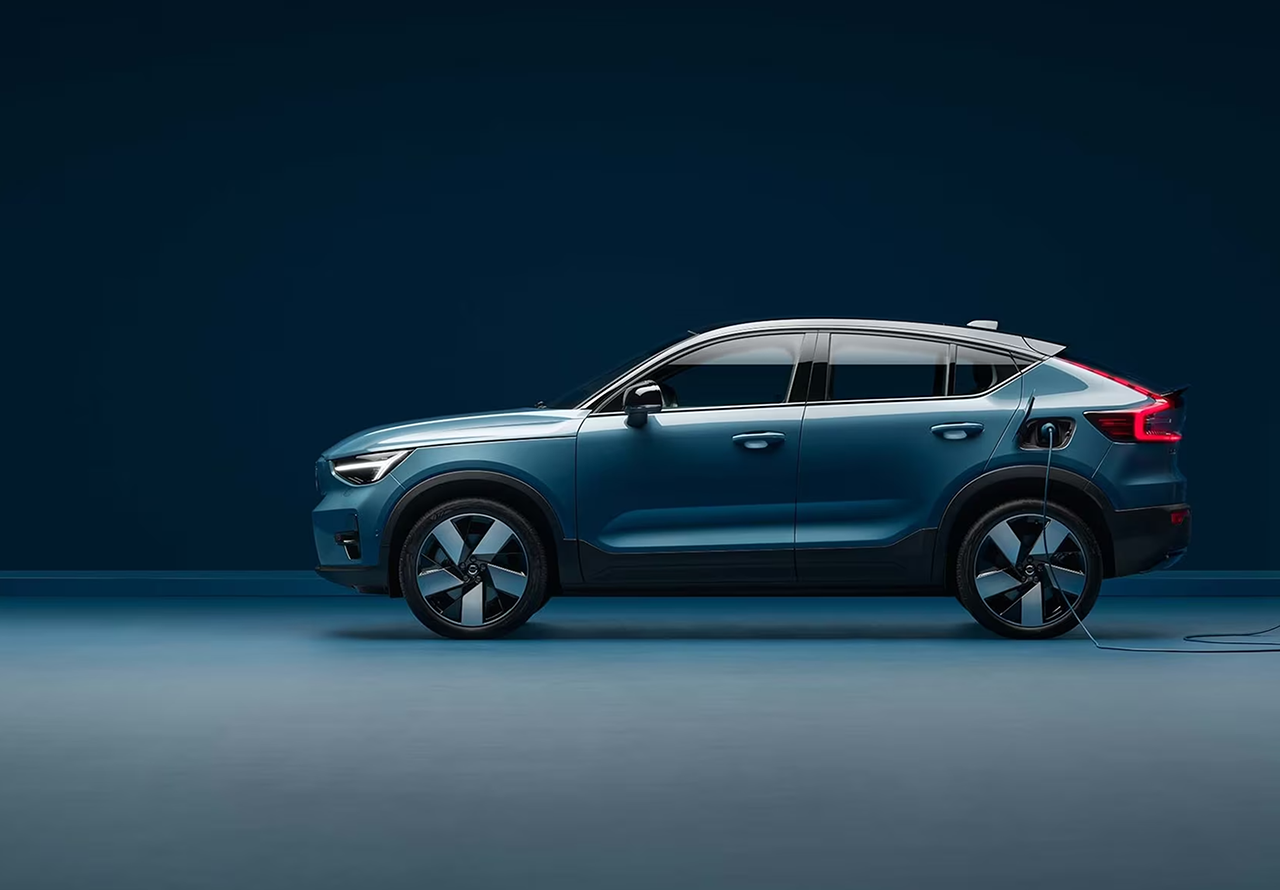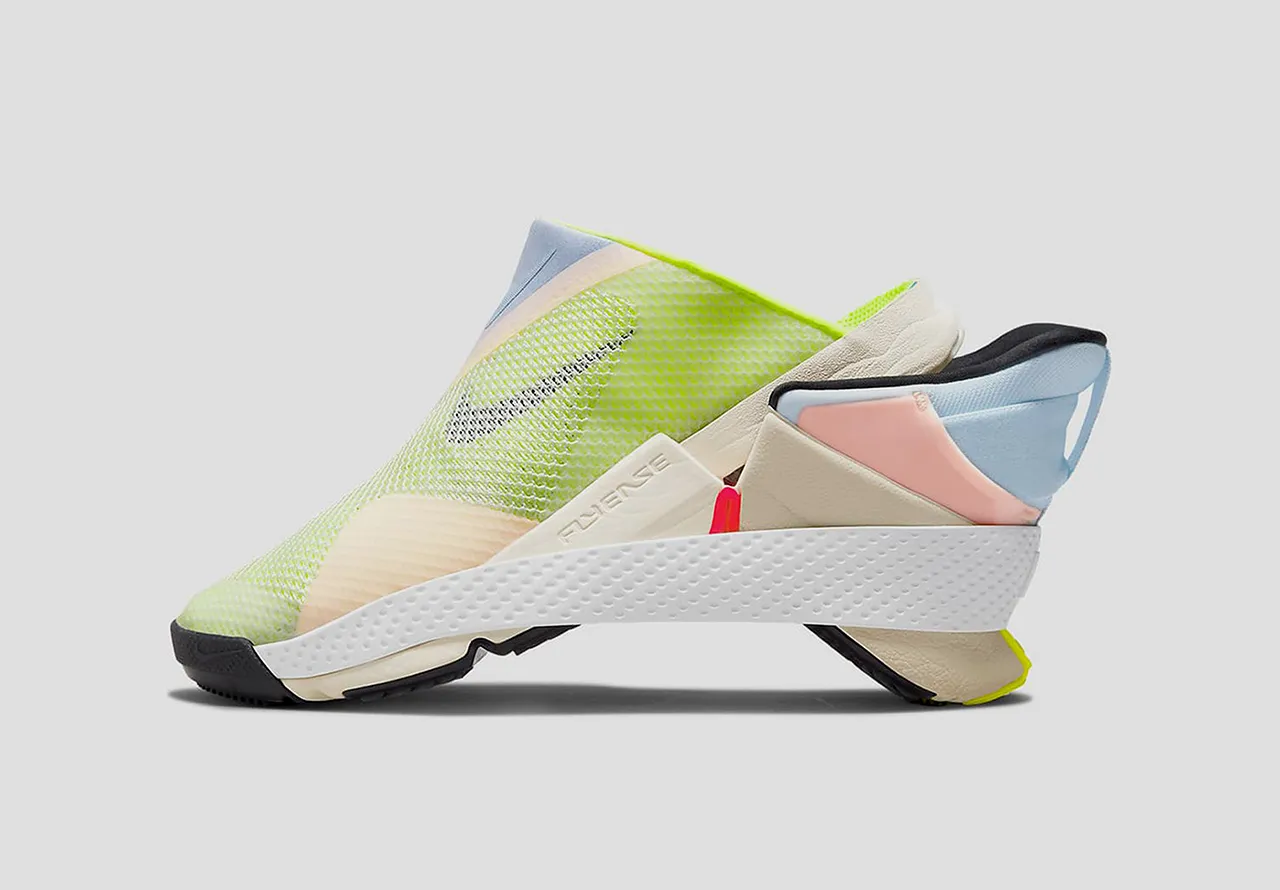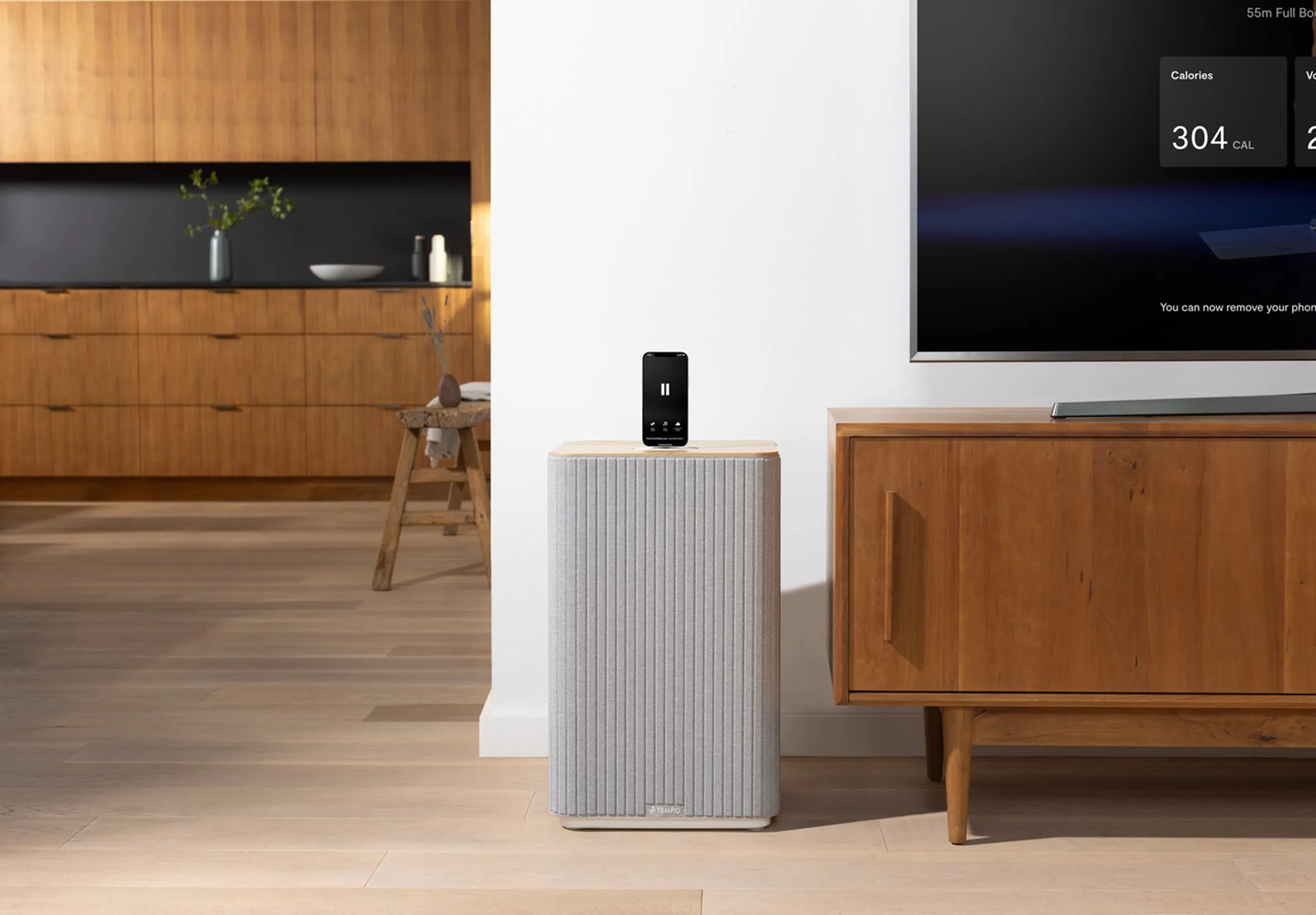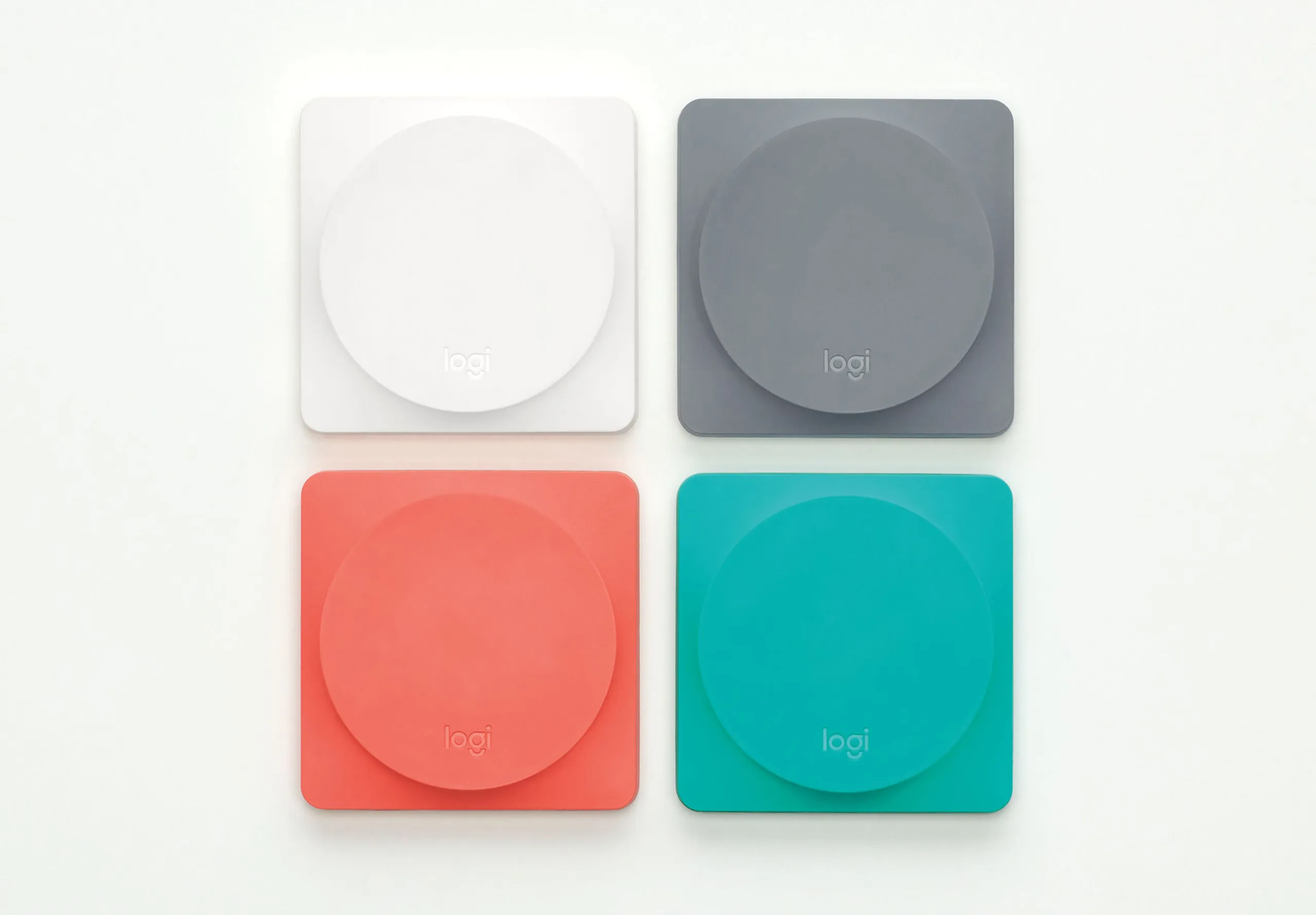Designing the Omni-Channel Experience
How engaged are your customers? In today’s digital landscape, 95% of them flit across at least three channels during a single interaction, with 62% switching devices midway.
Today, smart brands have adopted omni-channel strategies that entice consumers into their ecosystems with intentionally delightful interactions. The result? Increased loyalty, heightened sales and a much more gratifying experience for their customers – no matter how they choose to engage.
Dive in as we unfold the blueprint for mastering omni-channel experience design.
Short on time? Use these links
Designing cohesive customer experiences
The essence of omni-channel success lies in the clever orchestration of brand experience, ensuring that your various channels not only coexist but also complement and enhance one another. Customers, whether they arrive via an app or walk into a store, expect a harmonious brand experience and a frictionless path to purchase.
Consider Nike, one of the world’s most recognisable brands and a trailblazer in omni-channel design. Centred around their Nike App, they have extended their presence into tangential experiences, all connecting and leading to engagement, and ultimately, purchases.
No one likes a hard sell, so the app offers personalised content ranging from the latest sneaker drops to sustainability news and bespoke podcasts – all tailored to your interests and designed to extend your journey with Nike.
Naturally their physical stores bring the digital experience to life with Nike Trial Zones. Here, customers can try on footwear with the convenience of app-enabled stock searches and tailored in-store offers.
Championing individuality
Whilst we all hate cookies, McKinsey research highlights that 72% of consumers expect businesses to recognise them as individuals and cater to their interests, emphasising the need to go beyond one-off transactions to build deeper customer connections.
Fortunately, the abundance of consumer data available to brands makes personalisation a dream.
Tesla is a shining example. Over time, the company has built a delightful user experience with data-driven personalisation at its heart. Their approach extends through the entire customer journey, from vehicle design and driving experience to after-sales services like charging and insurance.
By collecting data from driver interactions and their autonomous fleet, Tesla is able to refine both hardware and software to match diverse customer needs. Driver profiles go beyond seat position to cabin settings including temperature, lighting, dashboard display and driving style preferences like suspension and power delivery.
Meanwhile, luxury retailer Neiman Marcus leverages personalisation beautifully. They use customer data to tailor the shopping experience, both online and offline. Their app facilitates product discovery, delivers personalised style advice and offers features like Snap.Find.Shop for image recognition-based shopping. Coupled with their Memory Mirrors which enable instant sharing and collaborative solving of shopping dilemmas with friends and family, the brand excels in making each customer feel uniquely valued.
Weaving brands into lifestyles
By orchestrating networks, experiences, and events, brands foster a community around their offerings. This not only positions them as market leaders but also opens doors to new sectors that might have been unrelated to their initial brand image.
Bringing together multiple platforms, Meta have begun to master an ecosystem that allows their users to switch seamlessly from social interactions to professional engagements, news consumption, and entertainment experiences. By uniting platforms, they have created an omni-channel experience that connects with its users throughout their lives.
Perhaps accelerated by recent trends for home working, Meta are planting their flag into the workspace too, leveraging their communication and sharing pedigree with Meta’s VR world to create virtual workspaces that could offer a glimpse of the workplace of tomorrow. Tools like virtual meetup’s, 3D model sharing and virtual desktops are just the beginning.
5 Steps to master omni-channel design
Omni-channel is about being where your customer is. It’s about transforming disjointed transactions into delightful interactions. Here are our five key steps to omni-channel success:
01/ Identify opportunities to innovate
Pin-point omni-channel opportunities within the market that you could own.
02/ Understand the customer journey
Identify the value of each touchpoint, create journey maps between each to gain a holistic view of the customer.
03/ Don’t neglect offline channels
As we’ve seen, disruption can come from the combination of digital and physical channels.
04/ Get your systems talking
Aim for seamless data flow and build the capabilities to deliver value and experience across touchpoints.
05/ Craft consistent branding
Consistency is king. Harmonise communication, messaging, and customer service across all digital and physical touchpoints.
The journey to omni-channel mastery is a design-led necessity, aligning with the needs and lifestyles of today’s consumers. This holistic approach creates brand experiences that resonate deeply with customers and foster long-term loyalty.




